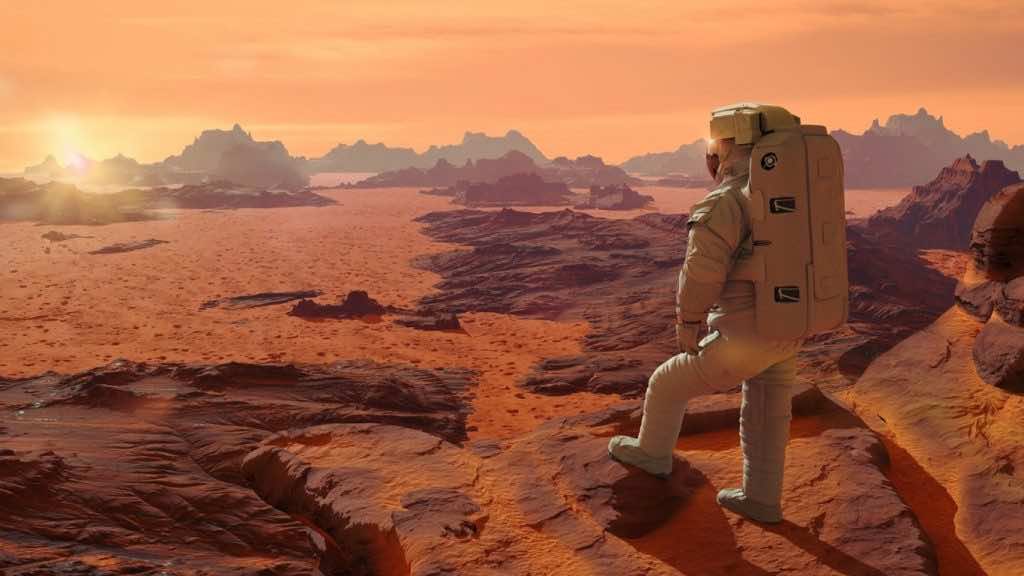On Tuesday NASA released a draft of a new high-level workshop that shows how a 30-day mission on the Red Planet might happen.
There is a spacecraft that transports astronauts to Mars and can also serve as a habitat during their stay. This would employ a hybrid rocket that brings chemical and electric propulsion together.
NASA’s plan for bringing humans to Mars would put two people in orbit, while another two astronauts descend to the surface in a lander vehicle weighing 25 tons.
The high-level draft identifies 50 crucial points that lie under four broad categories for human exploration. This means includes infrastructure on the moon and Mars, operations, and, of course, science.
“The feedback we receive on the objectives we have identified will inform our exploration plans at the moon and Mars for the next 20 years,” said Pam Melroy, NASA’s Deputy Administrator, in NASA’s blog post. “We’re looking within NASA and to external stakeholders to help us fine-tune these objectives and be as transparent as possible throughout our process.”
“With this approach, we will find potential gaps in our architecture as well as areas where our goals align with those from industry and international partners for future collaboration,” added Melroy.
The plan was put together by Kurt “Spuds” Vogel, NASA’s director of space architectures.
“Our assumption here is the crew will be deconditioned,” said Vogel during the NASA workshop. Vogel then added the agency will “need as much time to adapt to the partial gravity.” Famously, the surface of Mars only has roughly one-third of the gravity we experience on Earth.
“So, we want to maximize the science so we allow [the astronauts] to drive around before they become conditioned enough to get in the spacesuits and walk and maximize that science in 30 days,” explained Vogel.
A mission to the surface of Mars and back could elapse two of our years but it could also entail a lengthy 500 days on the surface, which could mean nearly 1,000 days away from our warm blue planet for prospective astronauts of the not-too-distant future.
Later, after the Lunar Gateway is completed and operational in orbit of the moon, NASA will build the Transit Habitat to provide shelter for astronauts on their long, world-historic journey to Mars.

